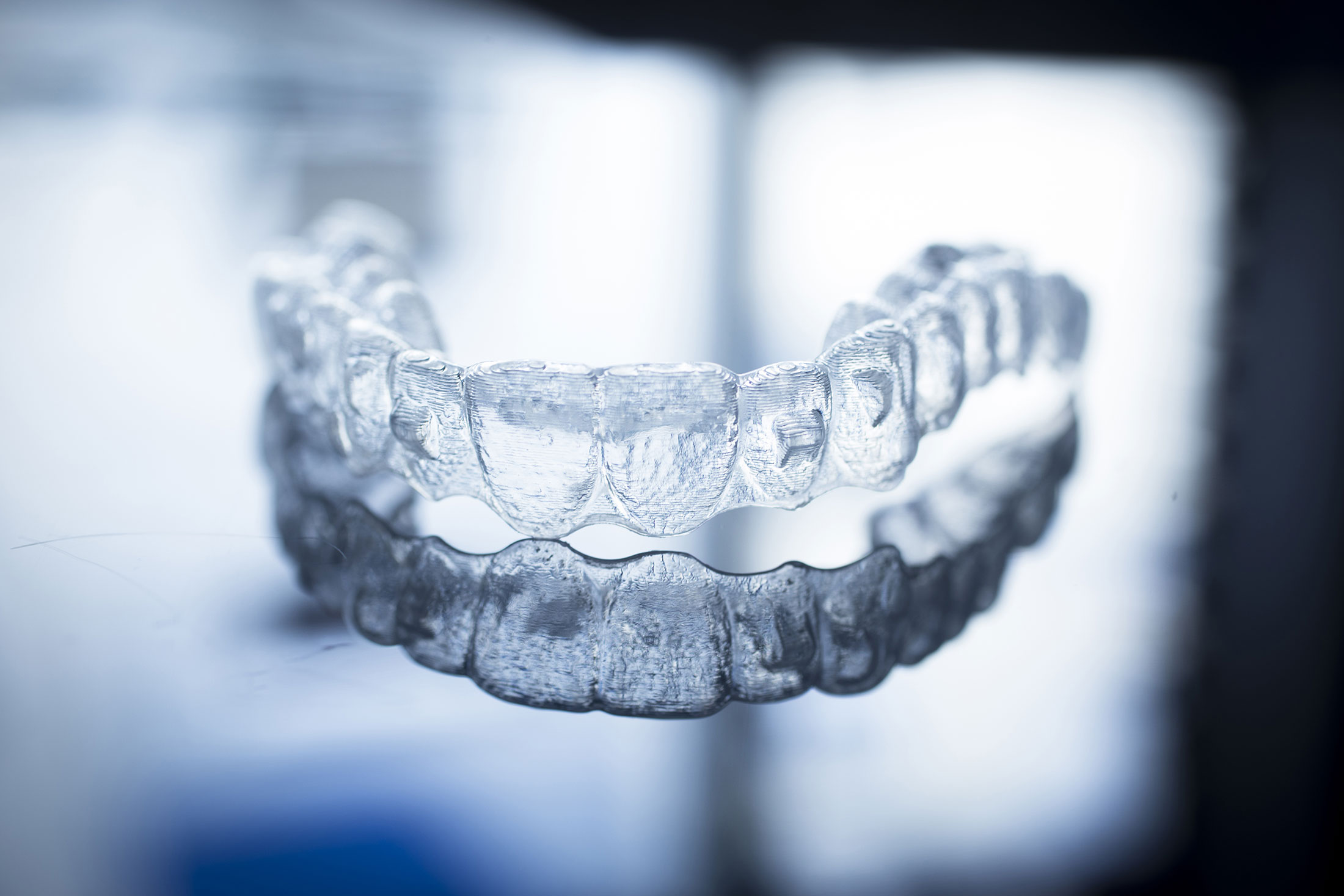Legacy Orthodontics for Dummies
Legacy Orthodontics for Dummies
Blog Article
Fascination About Legacy Orthodontics
Table of ContentsWhat Does Legacy Orthodontics Mean?More About Legacy OrthodonticsGetting My Legacy Orthodontics To WorkExamine This Report about Legacy OrthodonticsAbout Legacy Orthodontics
In addition, we use flexible treatment timetables, flexible repayment options and a fun, delightful experience.An orthodontist is a dentist trained to identify, avoid, and deal with teeth and jaw abnormalities. They remedy existing conditions and are educated to determine troubles that may establish in the future. Orthodontists deal with people of all ages, from children to adults. People usually associate an ideal smile with excellent health.
Malocclusion, or misaligned teeth, can lead to oral concerns, consisting of dental caries, periodontal illness, and hard or agonizing chewing. Not everyone is born with straight teeth. If you have a negative bite or big areas between your teeth, you may wish to get in touch with a dental practitioner specializing in orthodontic treatment.
Top Guidelines Of Legacy Orthodontics
( Photo Credit Rating: DigitalVision/Getty Images) Orthodontists utilize repaired and removable dental tools, like dental braces, retainers, and bands, to transform the position of teeth in your mouth. Orthodontic therapy is for dental problems, including: Uneven teethBite troubles, like an overbite or an underbiteCrowded teeth or teeth that are as well far apartJaw misalignmentThe objective of orthodontic therapy is to improve your bite.
A healthy and balanced bite ensures you can eat, eat, and talk appropriately. While you might think of orthodontists as generally for kids or teens that require dental braces, they can deal with dental troubles at any type of age. Orthodontists attend college, oral college, and orthodontic college. After college graduation, they spend 2 or 3 years in an orthodontic residency program.
, yet not all dental professionals are orthodontists. They concentrate on two locations: How to appropriately and securely relocate teeth How to effectively assist growth in the teeth, jaw, and faceOnce an orthodontist has finished training, they have the choice to end up being board licensed.
Some Ideas on Legacy Orthodontics You Should Know
Imbalance, or malocclusion, is the most typical factor people see an orthodontist. It is hereditary and is the outcome of dimension distinctions between the upper and reduced jaw or in between the jaw and teeth. Malocclusion leads to tooth overcrowding, a misshapen jaw, or uneven bite patterns. Malocclusion is normally treated with: Your orthodontist affixes steel, ceramic, or plastic square bonds to your teeth.
If you have only small malocclusion, you may have the ability to use clear dental braces, called aligners, as opposed to conventional braces (https://www.cybo.com/US-biz/legacy-orthodontics_2w). Some people require a headgear to aid relocate teeth right into line with stress from outside the mouth. After dental braces or aligners, you'll require to put on a retainer. A retainer is a customized tool that keeps your teeth in area.
They can develop additional space in the mouth without having to draw teeth. Orthodontists utilize cables, surgical screws, or plates to sustain your jaw bone.
You might need to see an orthodontist if you have: Crowding or not adequate room for every one of your teethOverbite, when your upper teeth come by your bottom teethUnderbite, when your bottom teeth are too much forwardSpacing or issues with gapsCrossbite, which is when your top teeth fit behind your base teeth when your mouth is closedOpen bite or a vertical gap in between your front base and upper teethMisplaced midline, when the facility of your bottom and top teeth do not align Remedying a dental malocclusion can: Make attacking, chewing, and talking easierImprove the balance of our face and your general appearanceEase pain from temporomandibular joint disordersDifferent your teeth and make them less complicated to clean up, aiding avoid tooth decay or dental caries It's commonly a dentist that first notices misaligned teeth during a routine great site test.
Fascination About Legacy Orthodontics

During your very first orthodontic appointment, you'll likely have: An oral examPhotos taken of your face and smileDental X-raysPanoramic (360 degree) X-rays of your face and headImpressions to produce mold and mildews of your teethThese examinations will aid your orthodontist understand exactly how to wage your therapy. braces. An orthodontist is a dental practitioner that's had training to treat your teeth and jaw
Orthodontists may execute surgical treatment, exams,X-rays,and even more to help you achieve a more comfy, much healthier smile. An orthodontist is concentrated on your bite, so something like a cracked tooth would certainly be handled by a dental professional. Orthodontists are dentists however not all dental experts are orthodontists. Orthodontists are focused on your bite, or the means your teeth fit with each other, and the straightness of your teeth.
Ever asked yourself how celebrities constantly appear to have perfectly aligned teeth? The response usually lies in the knowledgeable hands of an orthodontist. Yet what precisely does an orthodontist do? Orthodontists are dental experts who concentrate on fixing abnormalities in the teeth and jaws. Their expertise surpasses simply creating a stunning smile; it includes enhancing your overall oral health and wellness and function.
Top Guidelines Of Legacy Orthodontics

While braces are one of the most frequently recognized orthodontic therapy, orthodontists have a varied toolkit at their disposal. The certain strategy picked depends on the intensity of the situation, the patient's age, and individual preferences. These reliable braces use a system of brackets adhered to the teeth and connected by cables.
These detachable trays are personalized to gradually shift the teeth's setting. In cases of narrow jaws, palatal expanders can be used to produce space for correct tooth positioning.
Report this page